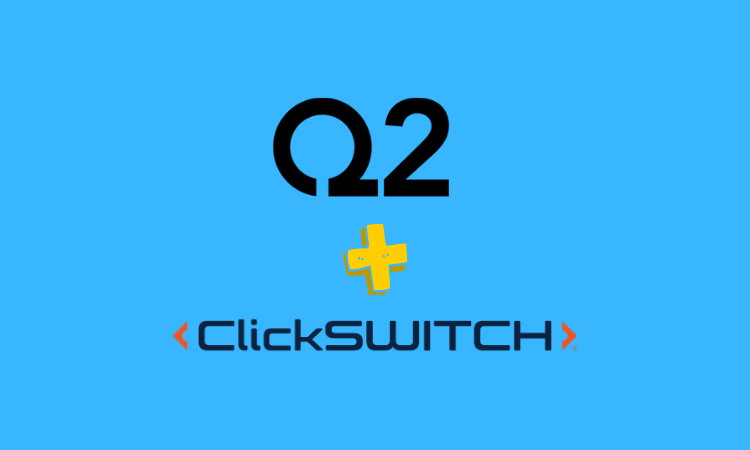Member Exclusive, Modern Marketing
‘Everyone talks about stickiness, but how do you start the journey to stickiness?’: Behind Q2’s acquisition of ClickSwitch
- Q2 is acquiring ClickSwitch, which enables new accountholders to more easily port their direct deposits and automatic payments over to a new account.
- Q2 will add the software to its product sets and make it available to its Banking as a Service clients, too.








